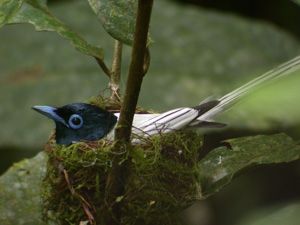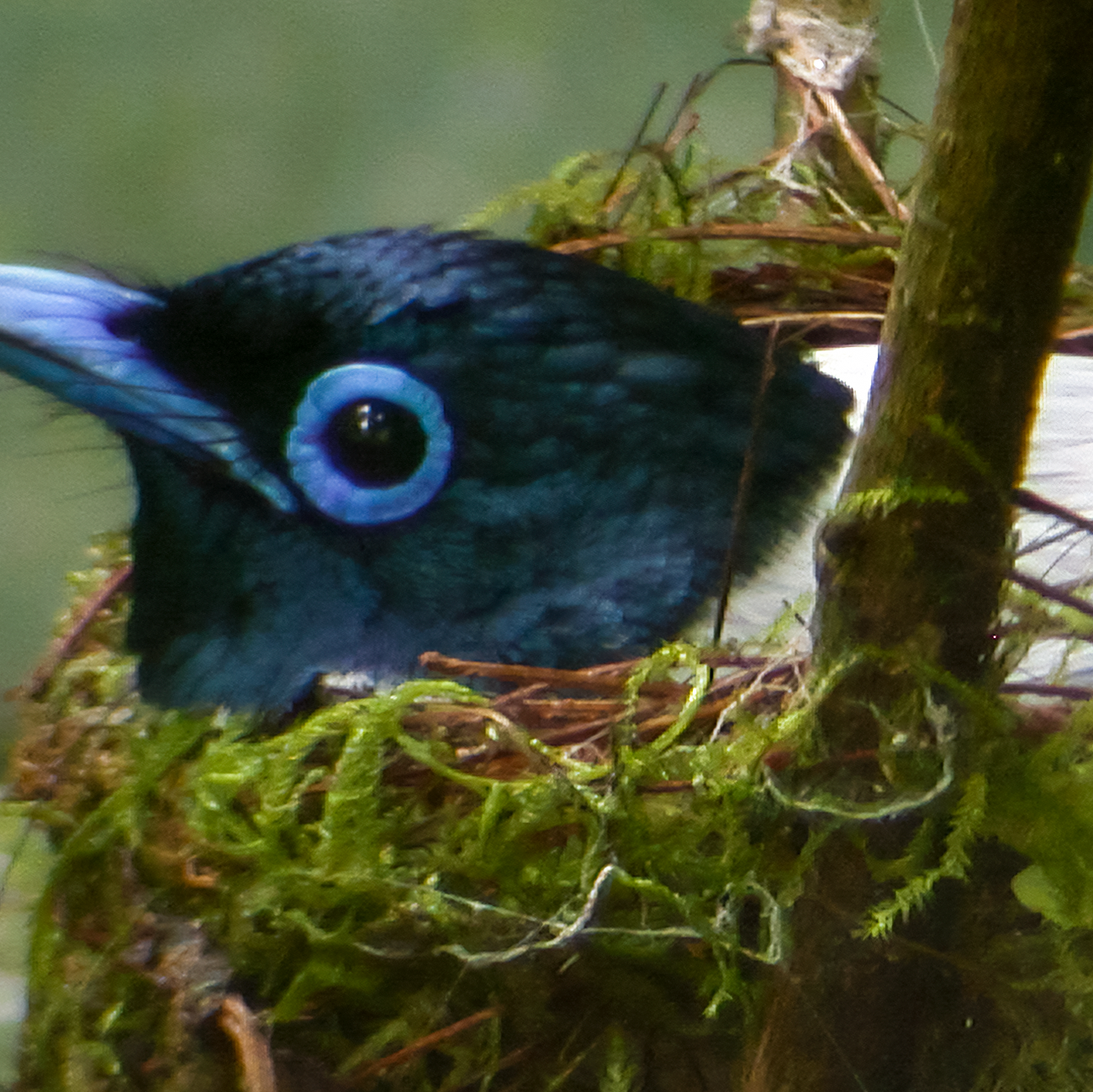My father’s photos
I took a bit of time to reprocess one of my father's photographs taken 10 years ago, on a 3 megapixel camera. This is the result.

For the last few weeks since getting back to Lisbon, I’ve put in some time and effort in sorting out my late father, Laurence Poh’s incredible ‘digiscoping’ bird photography archive, of whom I’m the de-facto custodian for now.

I’ve finally migrated it into my own Lightroom Catalog, allowing me to browse through his images much quicker than poking around through hundreds of folders, because very so often I’d get a request from someone wanting permission to use his photos, and requiring the original high resolution files especially if it’s for printing.
This task has given me the opportunity to revisit his work, some 18 years after his passing, and recognising the brilliance of his photographic eye, even though they were shot on early digital cameras with low megapixel counts and comparatively poor quality of the sensors back then.
He had given a few talks and presentations, and even printed his photos as gifts to friends and family, but as they were only 3 megapixel images, he couldn’t make prints much larger than A4 paper size. Since then, computers and software have advanced leaps and bounds, and they can do much more, even with low quality originals, that he wouldn’t even begin to fathom.
I’ve made an attempt to re-process one of his photos from the original JPEGs, and used Adobe Photoshop’s Super Resolution feature and Camera RAW processing tools, and I am shocked at how effective they are. This will give a new lease of life to his photos, and perhaps his photos may yet find a new audience, and we now have the ability to enlarge them to print them in sizes never previously possible.
This is a photo of an "Asian Paradise-Flycatcher" (Terpsiphone paradisi) which is actually a panoramic shot of 3 separate photos.



First, I opened all 3 original, straight-from-camera, image files, and applied the "Super Resolution" AI-assisted Neural filter, to intelligently upsample the image from 2048x1536 pixels to 4096x3072 pixels. Although some fine detail is lost, it still did a remarkable job, and much better than older image resampling techniques. See the 100% crops below.


After that, I re-did the panorama in Adobe Photoshop CC which magically aligned and stitched everything almost perfectly, and even filled in gaps in the foliage that resulted from the stitching process, using Content-Aware fill.
Once the stitching is done, I used the Adobe Camera RAW filter, which still works on JPEG files though it is not as effective as working with RAW files. I applied some noise reduction, corrected the chromatic aberrations and adjusted the tone curve slightly to improve contrast and sharpen up some details.
Finally, I went over the entire image, and cleaned up some spots and 'hot pixels' that are artefacts from the camera sensor.
This is the final result, before (by Laurence Poh) and after (edited by Jonathan Poh):


I’m sure he would be happy to see these improvements and I’d be happy to print this out at A2 or even A1 paper size. This has given me huge confidence that his photos have not gone to waste just because the digital camera sensors of his time weren't as good as they are today.
